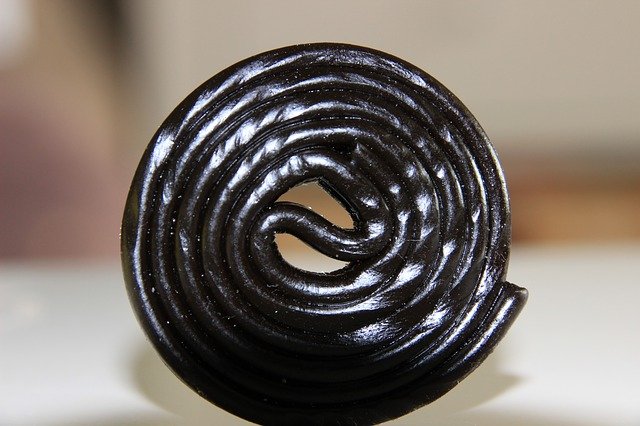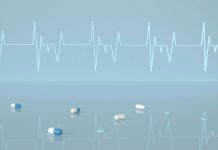
Licorice is a type of food made from the extract of the roots of the licorice plant.
Black licorice jelly beans, twist and whip are common snacks available in grocery stores. Some people like the flavor, while others hate it.
In a recent study from University of Western Ontario, researchers find that the common snack may increase blood pressure, which is a risk factor for heart disease and stroke.
In addition, the food can lower potassium levels in the body, which lead to abnormal heart rhythms and even paralysis.
High blood pressure is one of the most common problems encountered in the primary-care setting.
Numerous secondary causes of hypertension exist and most are potentially reversible. The ability to screen and manage such causes may spare patients from prolonged medical therapy and complications.
In the study, the researchers mentioned a sweet-toothed 51-year-old patient who recently presented himself in the emergency room.
He suffered from abdominal pain for three days, plus a day of decreased appetite, vomiting and diarrhea.
His elevated blood pressure and hypokalemia (low potassium) led doctors to run a series of tests.
After the tests and questions, doctors found the patient had recently started eating large amounts of black licorice jelly beans, about 50 a day. And he continued to eat while in hospital.
That was all the information doctors needed, and they gave the diagnosis: Licorice-induced hypertension.
Licorice contains glycyrrhetinic acid, an active ingredient.
Doctors believe it is the root cause of the problem, through its effects on the body’s cortisol metabolism, taking away a protective mechanism.
Licorice causes the body to retain water and salt, therefore lowering potassium levels.
In the body, an enzyme acts as a gatekeeper, with the cortisol on one side and a receptor on the other. It does not allow the cortisol to get through because it’s continuously inactivated.
But licorice stops that inactivation, allowing the cortisol to pass through.
In some countries, like Netherlands, doctors are fully aware of this. It’s the second or third question the doctor would ask if a patient is showing signs of high blood pressure.
In other countries, however, doctors are not very familiar with it. For example, in Canada, people are not aware of it.
Therefore, it requires a sort of refresher because there can be reasons you don’t really think of.
In the US, much of the black licorice sold isn’t dangerous, because it does not contain actual licorice. Instead, manufacturers add anise to the candy to give it a licorice-like flavor.
The researchers mentioned another case. A patient saw his blood pressure soar in January and February, then drop back to normal by March.
It happened again the following year. His doctors’ inquiry discovered the patient was receiving an annual Christmas package filled with black licorice treats.
The researchers also mentioned a patient in the Netherlands whose licorice eating led to temporary paralysis.
But you don’t need to cut out the tasty treats together.
The effects on the body depend on the amount of licorice eaten and the patient’s sensitivity to the ingredient.
There are also products – such as chewing tobacco, smoking cessation aids, teas and even cheeses – that contain licorice.
Therefore, it is important for physicians to ask for, and patients to share, detailed dietary histories in the workup of high blood pressure.
Patients may not be aware or properly informed of the potential side effects of licorice and are unlikely to list it among their medication.
Had the licorice diagnosis not been made with the 51-year-old patient, he would have likely gone on several medications to treat his symptoms, which themselves could have had potential side effects.
And the jelly bean binging likely would have continued.
Copyright © 2018 Knowridge Science Report. All rights reserved.



